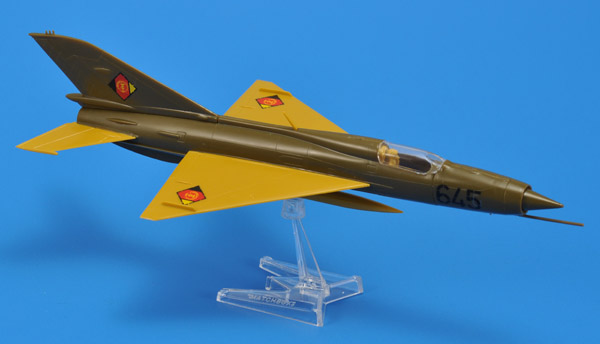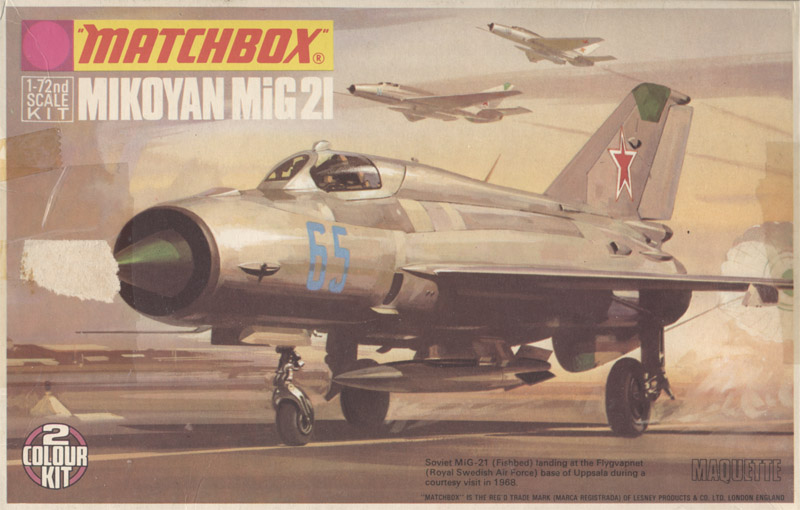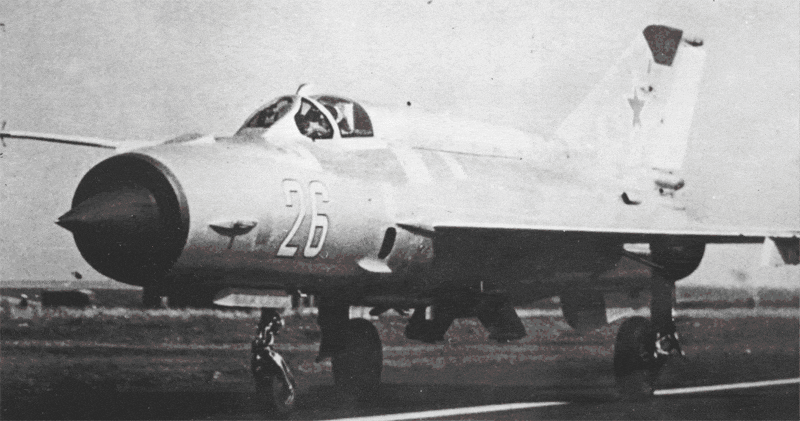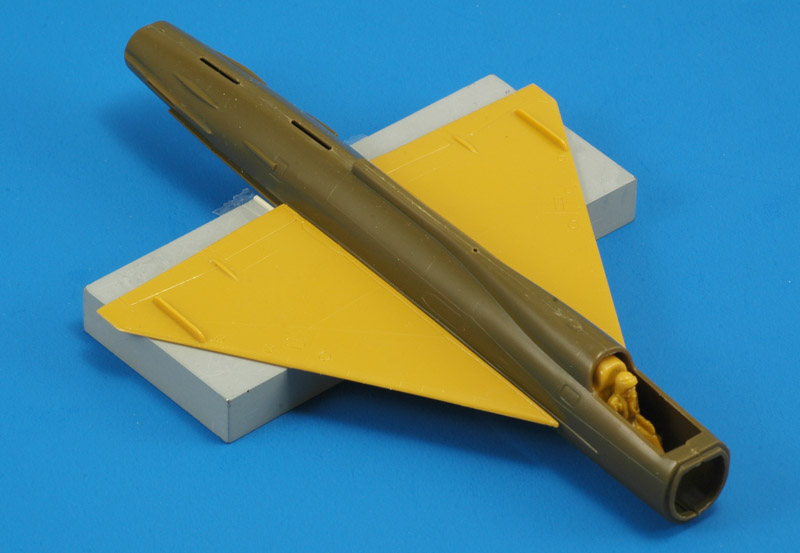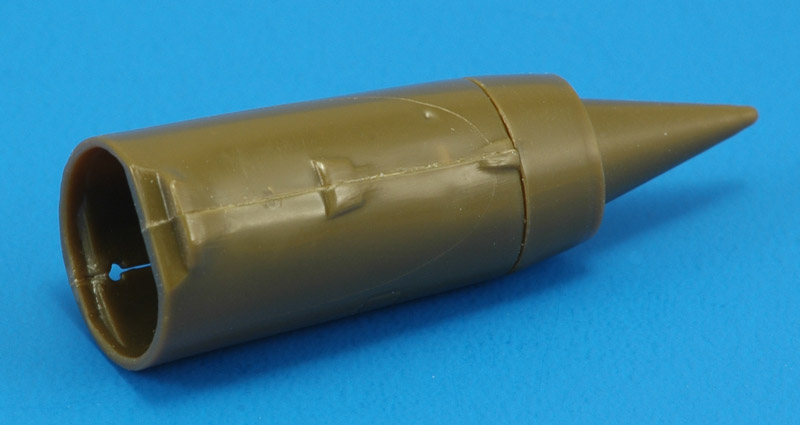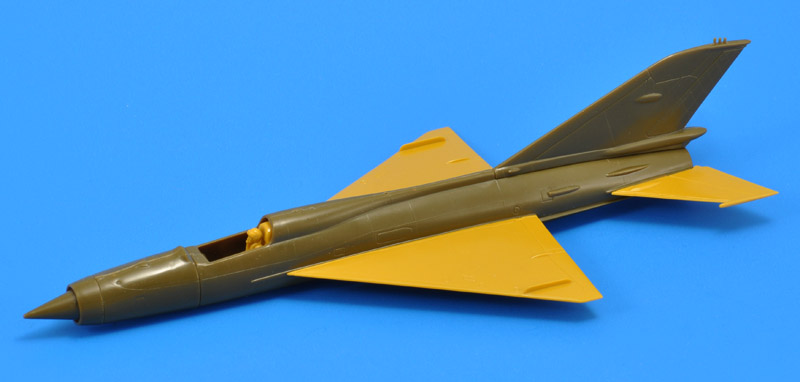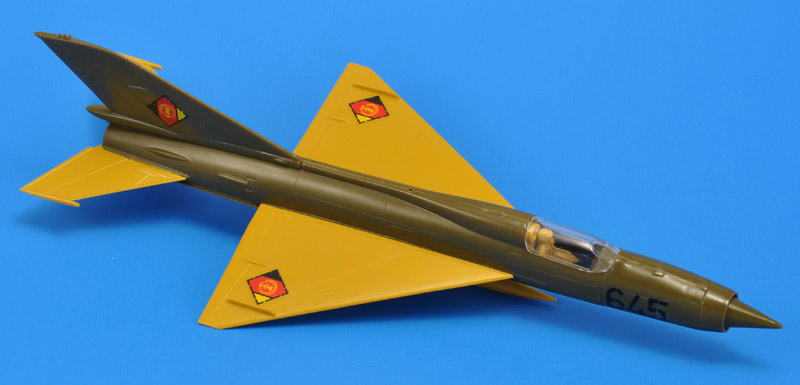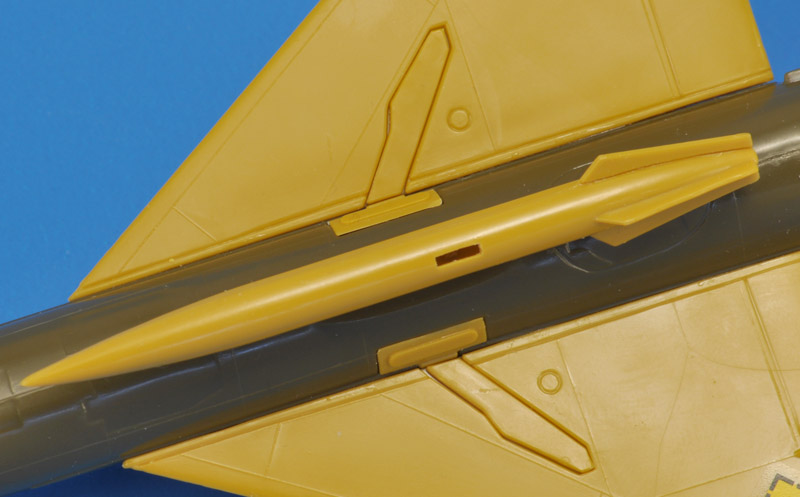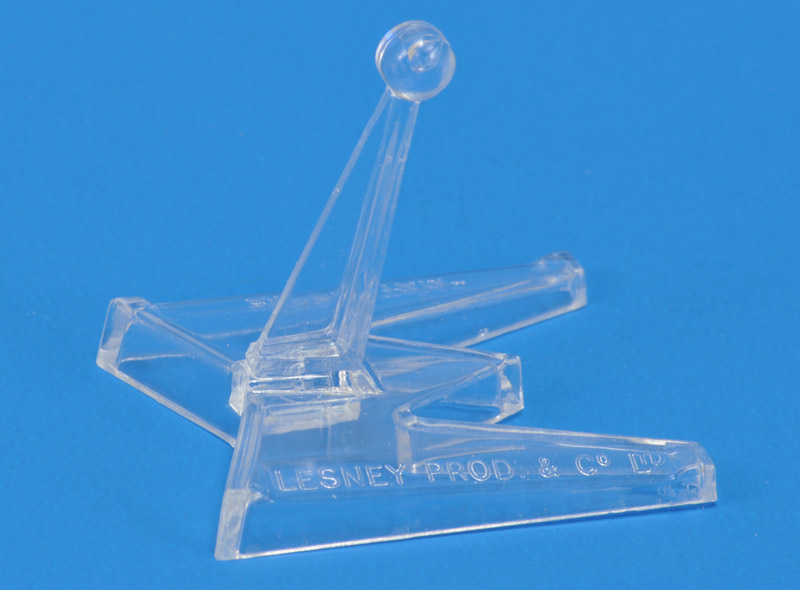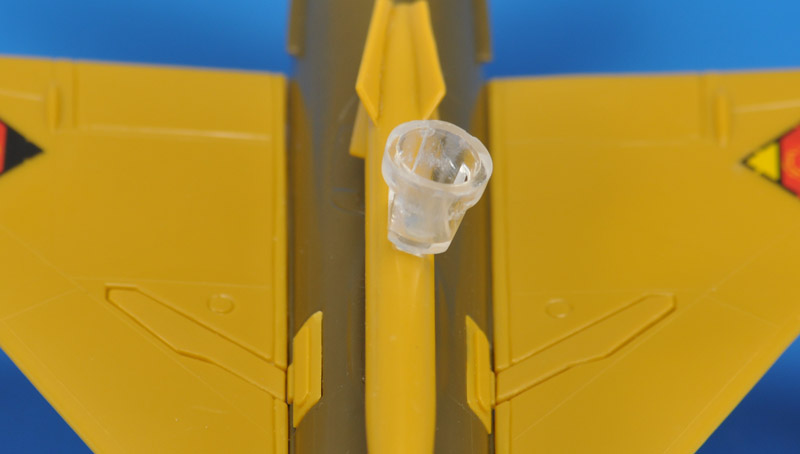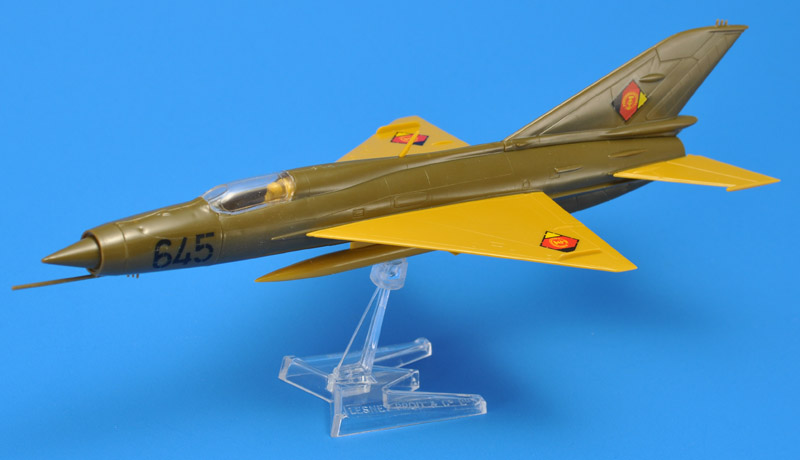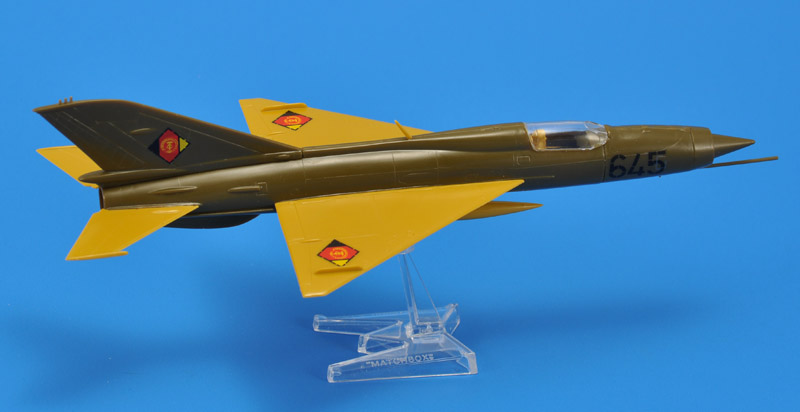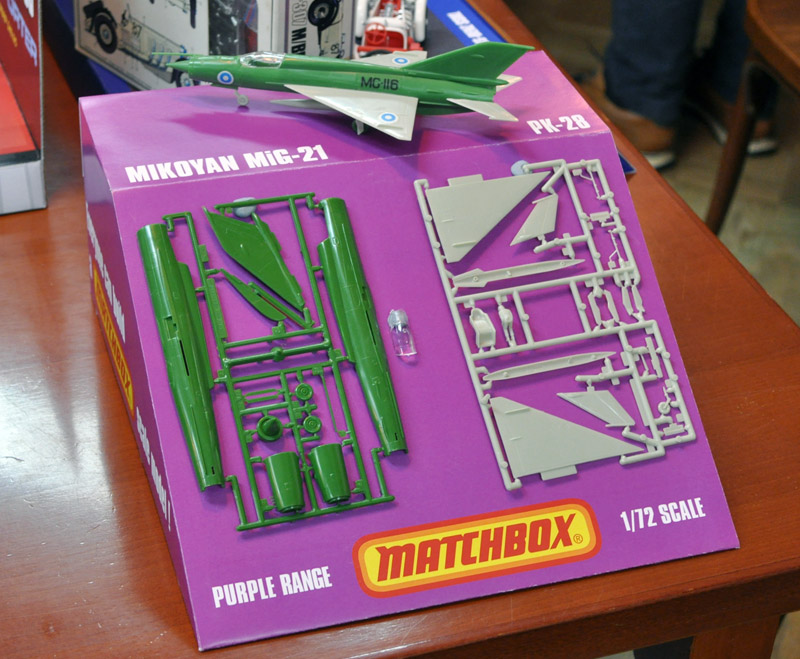Before the build, some words on my relation with the Matchbox brand.
When I was young, I built several Matchbox models, like most young boys at that time. The box art was attractive, the multiple plastic colors were fun. I think I built between 10 to 15 of them. I had one catalogue, the 1979-1980 issue, and I read it so many times that I knew it by heart. But I also remember why I stopped building them. While I was building a Matchbox B-26 Marauder, my cousin showed me his Airfix B-26 Marauder under construction. I saw how much more detailed and 'serious' his model was, and concluded that I needed to try other brands. I stopped buying Matchbox models.
Fast forward to 2016. Reinhold Bogaard (of Matchboxkits.org), Leo Ripken and I created a large Matchbox display at Euro Scale Modeling. We showed the full range of kits, some 200 boxes, plus many built models. It was a large undertaking, the biggest so far by our club. You can read a full report on the IPMS-The Netherlands website (in Dutch). The photo shows the stand just before the opening. It would be more atmospheric with the public, but you couldn't see the stand anymore :-)
| 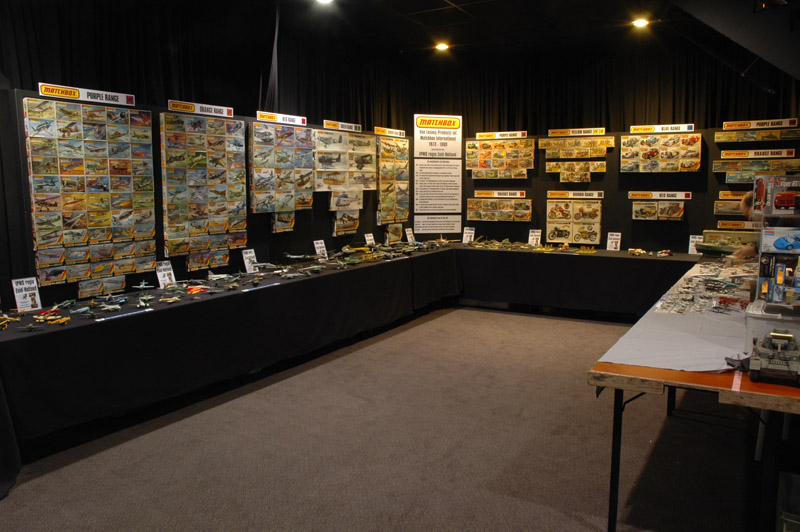
|
